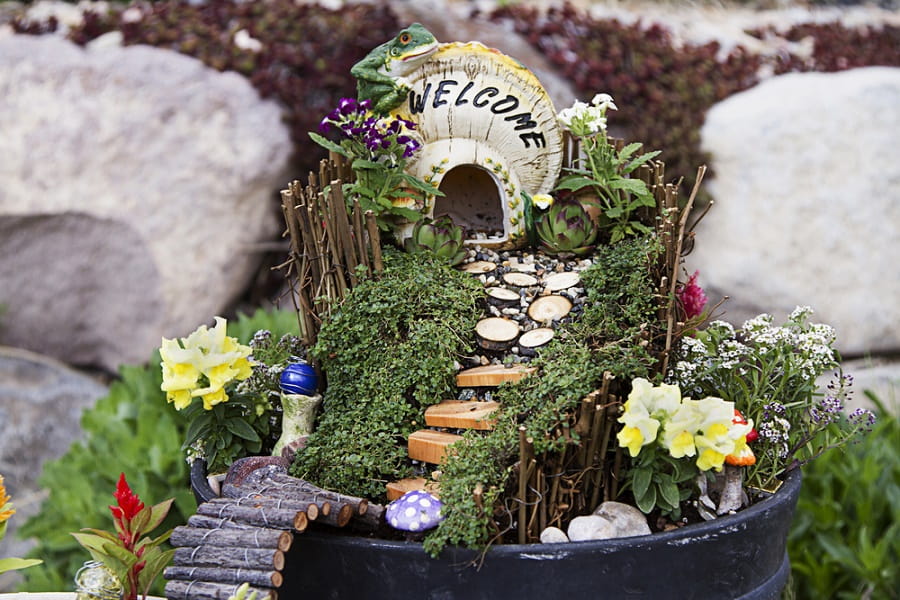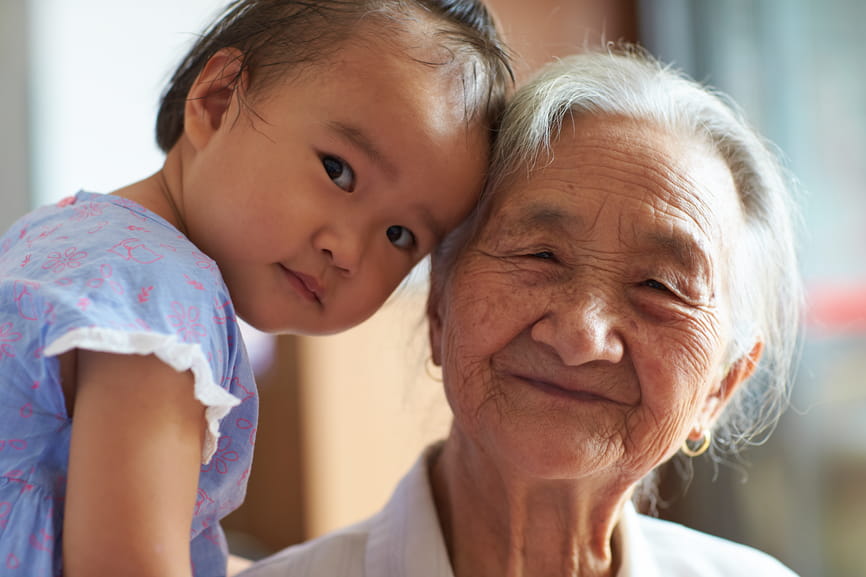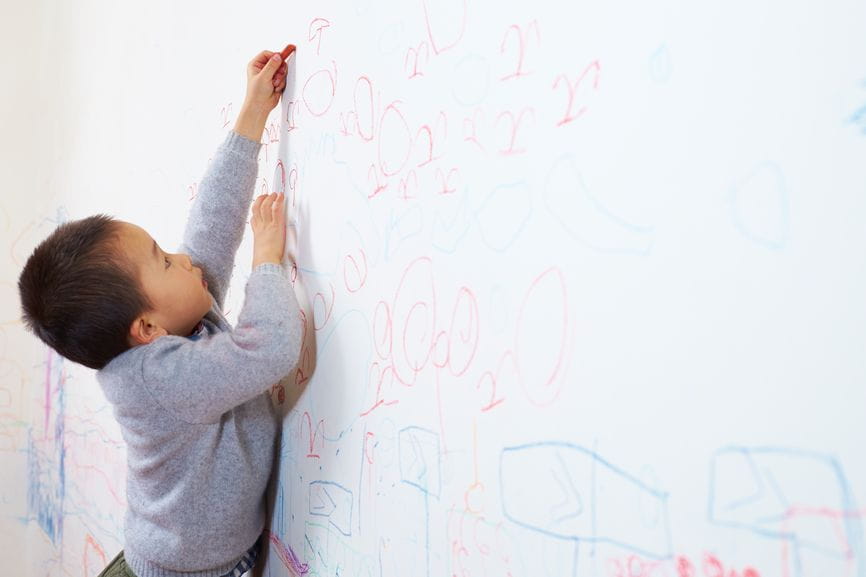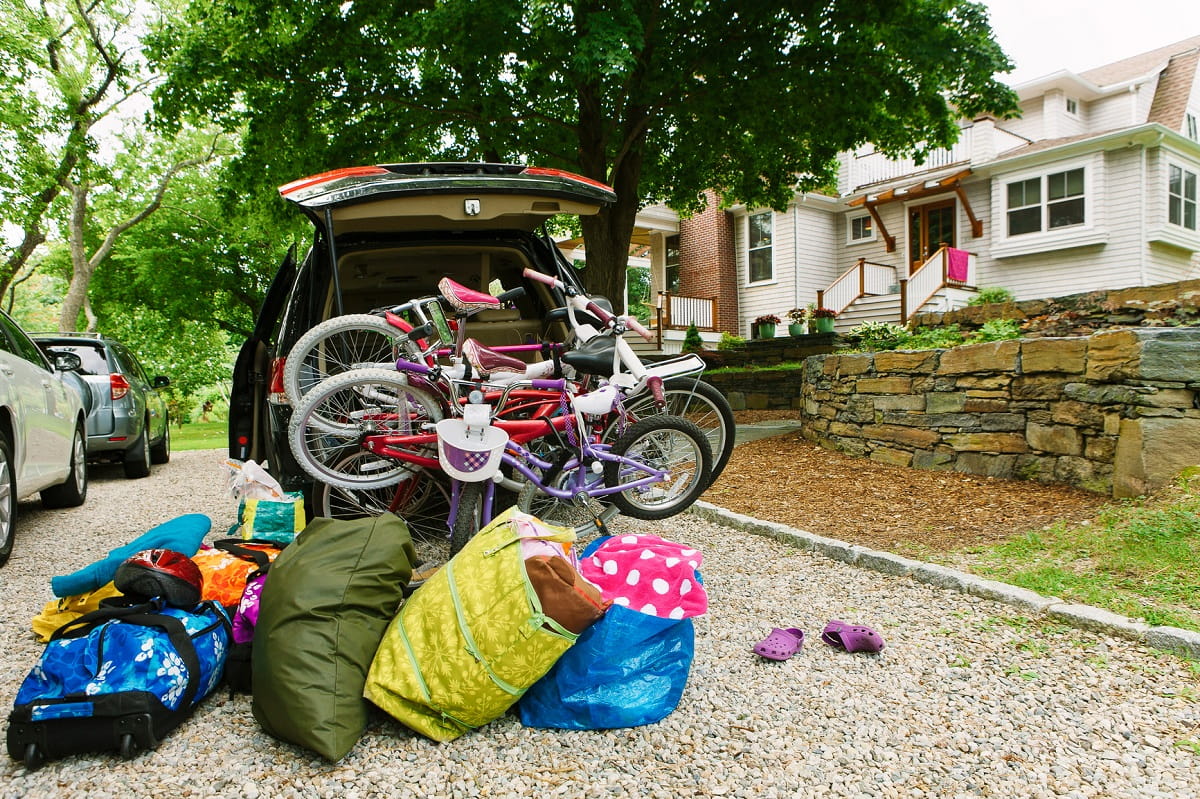Glad or Sad? This Emotions Activity for Toddlers Names Big Feelings
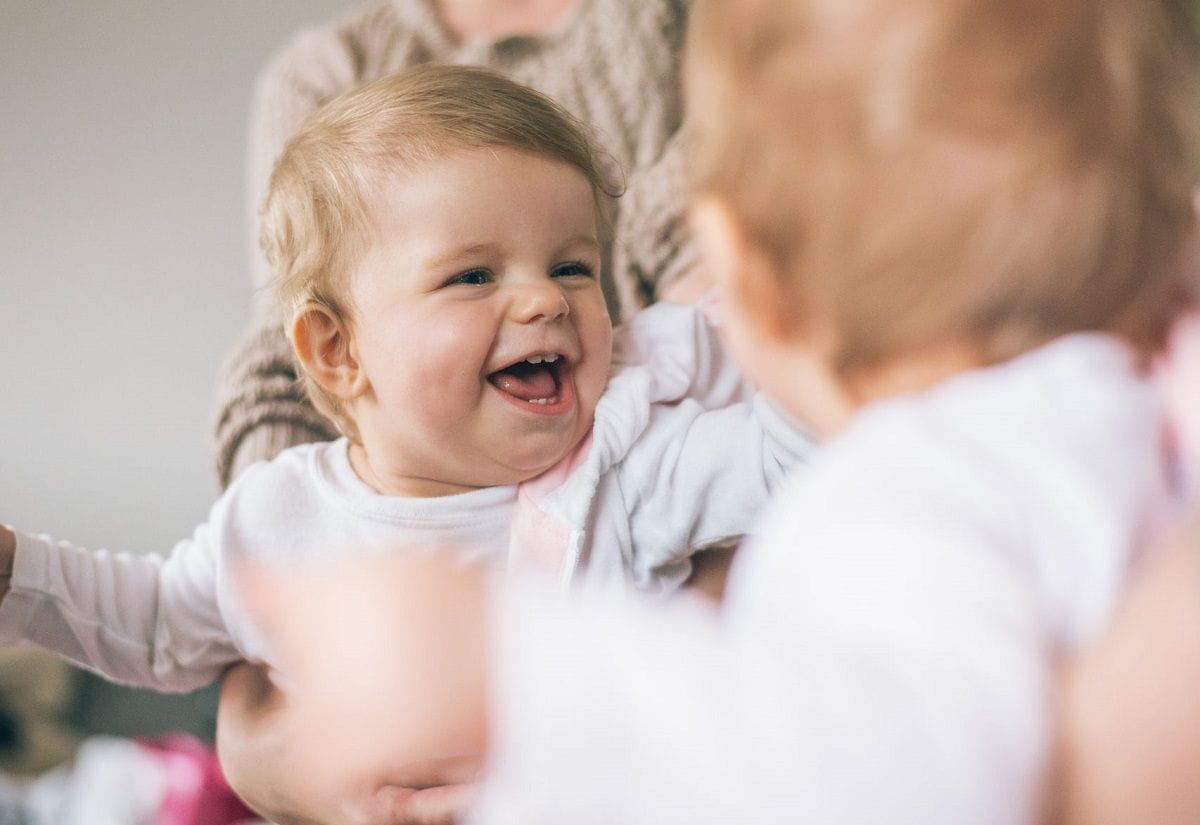
By Rachel Ward
Happy, sad, and everything in between! Whether it’s an ice pop for dessert or discovering a playmate has made a getaway with a favorite toy, little surprises (both pleasant and not) can result in the same behavior in toddlers: running around in circles, shouting, and maybe even a full-on meltdown.
These kinds of outbursts can make us sigh heavily as we try to dry the tears or catch our little runner, but there’s a reason for the overblown reactions. Children are still learning about the world and themselves—and that includes being able to identify emotions, both in themselves and others.
“Dealing with large, intense emotions—whether good or bad—can be overwhelming at times for young children because they don’t fully understand what they’re experiencing,” explains Stef Plebanek from KinderCare’s Inclusion Services team. “They need someone to help them understand their emotions and how to manage them. Learning to handle big feelings is hard—even adults are constantly learning how to improve their responses when emotions take over.”
That’s why we’re actively working with children to name the emotions they feel and match those feelings to facial expressions! This emotions activity for toddlers gets the ball rolling (and we have a lot of fun, too).
This Social-Emotional Activity for Toddlers Teaches Them How to Recognize Facial Expressions
We tape drawings or pictures of happy and sad faces to craft sticks and lead toddlers through a conversation about what those faces represent—and then we bring out some hand mirrors and let toddlers try making those faces themselves!
“This activity helps toddlers connect facial expressions to the big emotions that they themselves feel when, say, they’re thrilled with a new toy or sad about being away from their parents during the day—and laying that foundation is the first step to teaching children how to cope with those big emotions,” explains Plebanek.
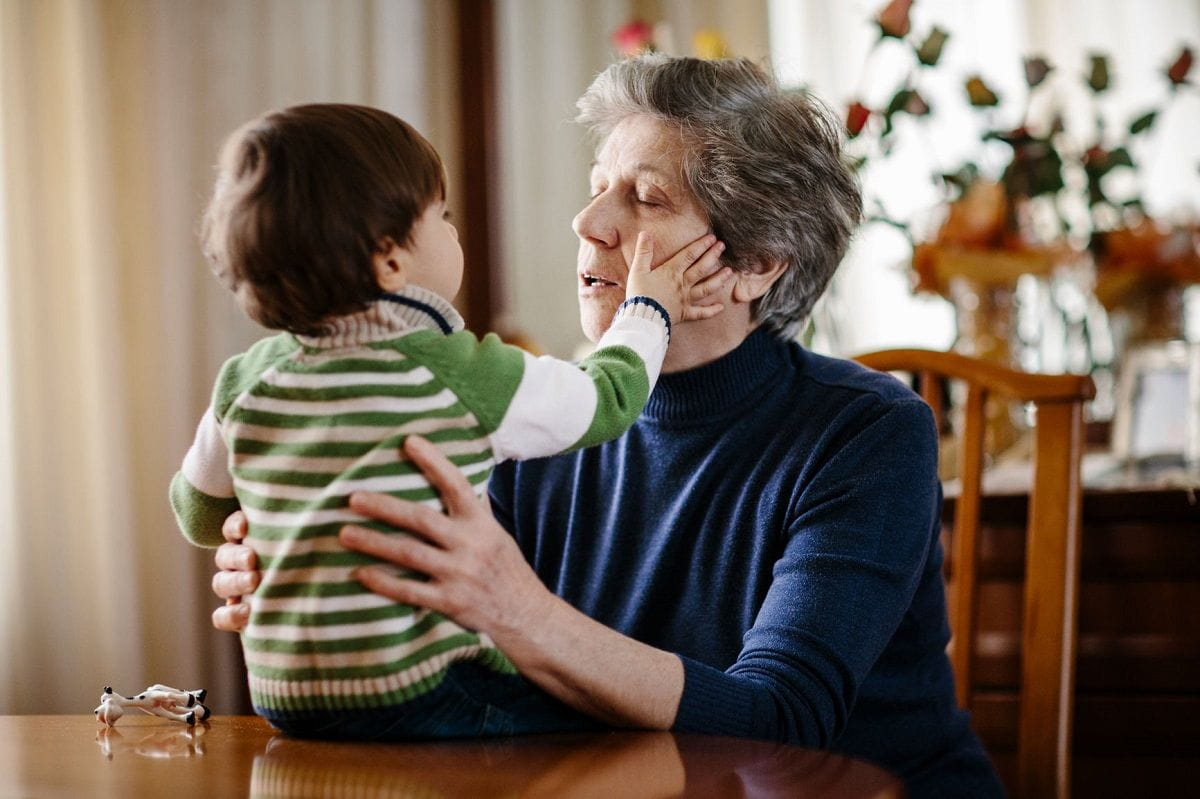
By looking at facial features, toddlers are also learning basic anatomy and the functions of body parts—where a nose is on a face, why eyes are important, and the like.
We’re keeping the focus on emotions all month long so your tot can get a head start on figuring out their feelings. But there are lots of great ways you can focus on building their understanding of emotions at home, too! Try some of our tips below.
Teaching Toddlers About Feelings at Home
1. Make your own emotion cards.
At our centers, we use feelings magnets to help children learn about and name different emotions—and you can do the same at home! Make photocopies of pictures of your child showing different emotions (happy, sad, mad, etc.) and glue them to index cards, then write the name of the emotion your child is expressing on the card.
2. Check out some good reads.
Any book can do for this one (although there are some great books about feelings out there that you can find, too). As you’re reading through the story, pay attention to the expressions on the faces of the characters and stop to ask your child how they think the character must be feeling. Can your child make that facial expression, too?
